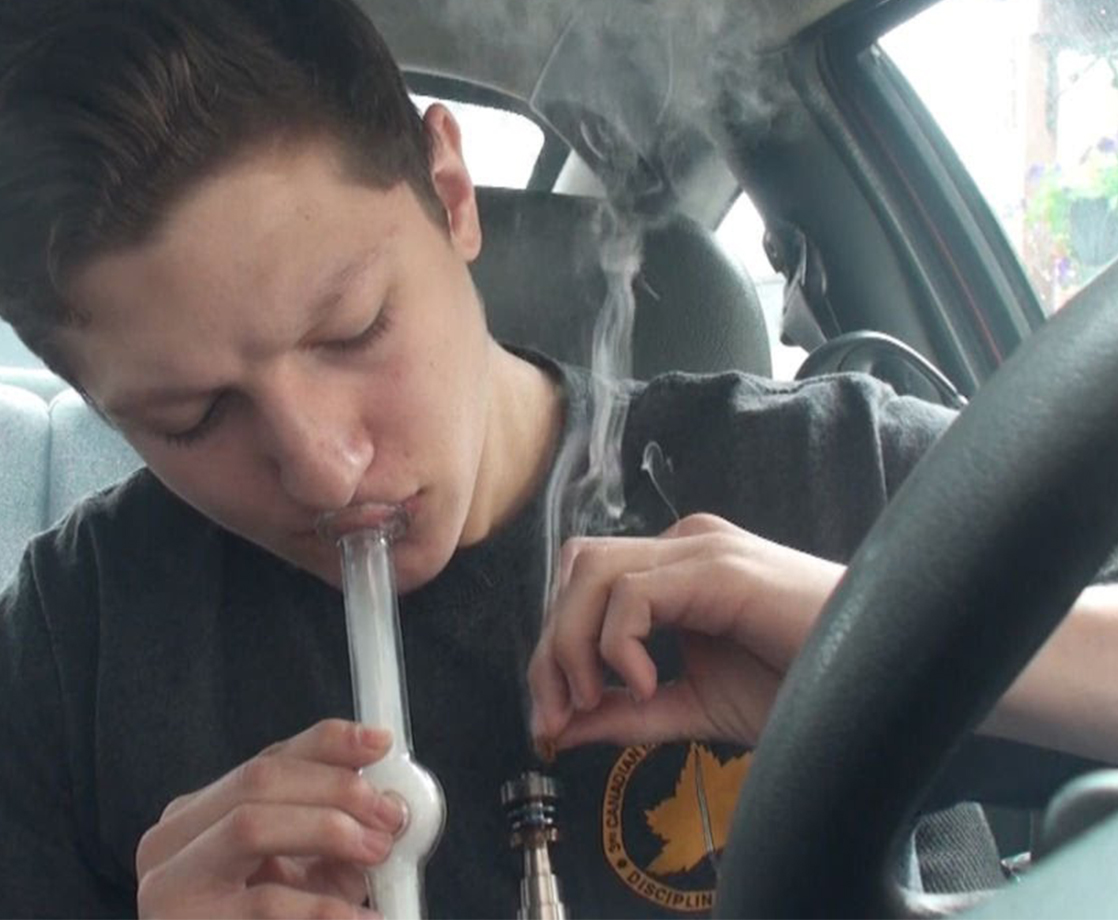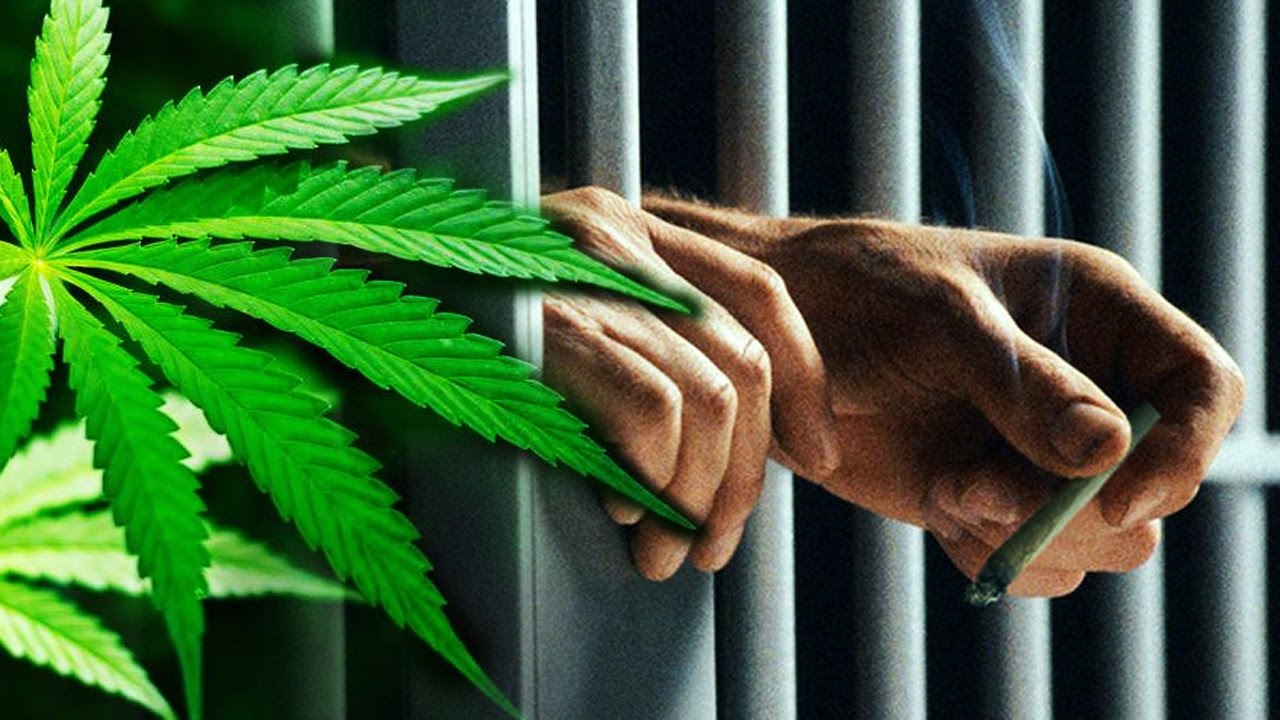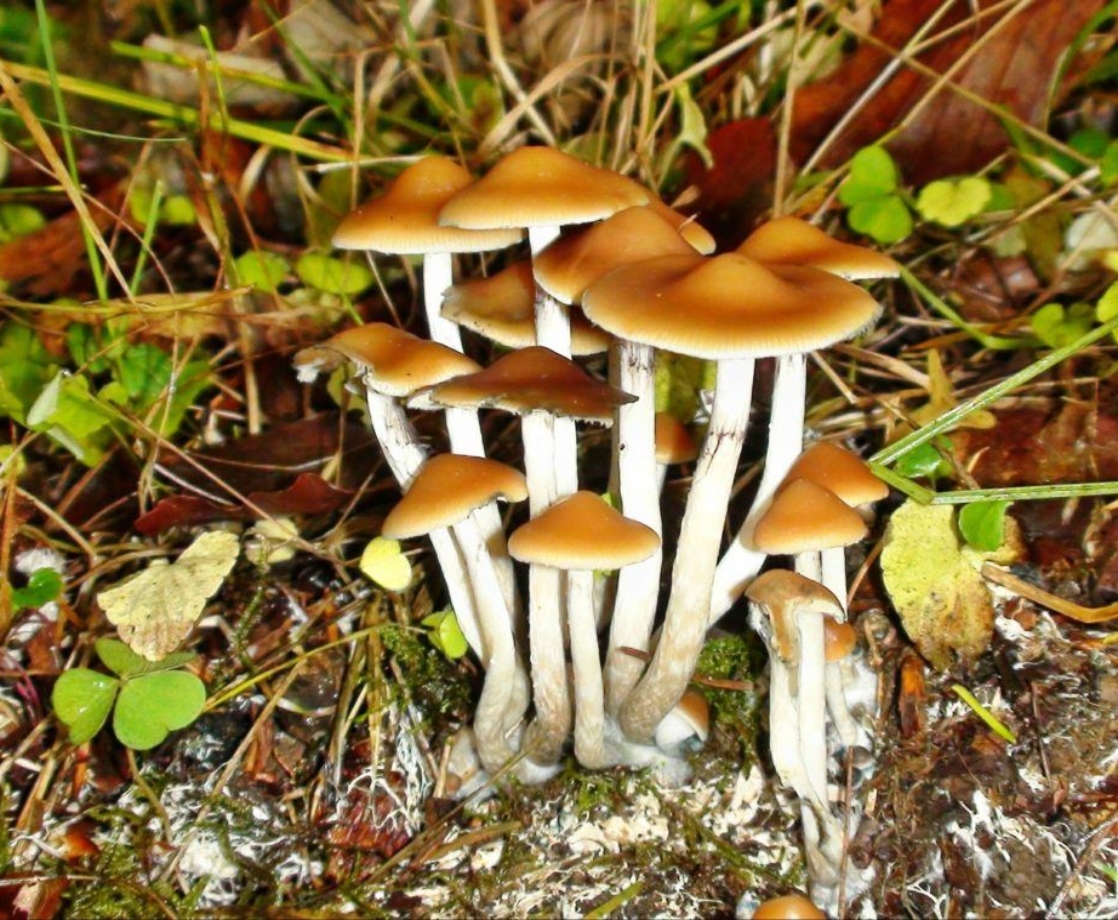Lead image via YouTube
As legal weed continues to enter mainstream culture, politics, business, and science, the ever-evolving industry of commercial cannabis products has been met by eager researchers intent on studying every facet of the plant. In Colorado, where recreational cannabis sales have been legal since 2014, one team of researchers is taking a new approach to the hot-topic issue of stoned driving by looking specifically at the relationship between hyper-concentrated cannabis extracts (a.k.a. dabs, wax, shatter, and butane hash oil) and safety behind the wheel.
According to The Coloradoan, researchers from Colorado State University and the University of Colorado at Boulder will collaborate on the "observational study," the first formal analysis of how drivers are affected by indulging in one of the most potent cannabis consumption methods.
To test how dabbing influences drivers' motor functions and awareness, university researchers are bringing their study to cannabis users' front doors. A press release detailed how the team will enlist experienced dabbers to go through their regular consumption routines before taking a series of driving-related tests, including a gas and brake pedal simulation that will evaluate leg speed response. Each round of tests will be conducted 10 times over with every subject, and the researchers will not be supplying any of the cannabis products to subjects themselves.
By taking the study to their participants instead of bringing them to a laboratory environment, researchers will look for real-life observational insights into a topic that has been largely overlooked until now.
"The subjects are doing what they would normally do, to themselves," Brian Tracy, a CSU faculty member who's collaborating with the University of Colorado Boulder researchers on the study, told The Coloradoan.
"Users get very high, very rapidly [from dabbing]," Tracy added. "It's almost instantaneous, and the feeling is very strong."
Common sense would suggest that such an intense high would stop even the most experienced cannabis enthusiasts from taking a joyride after getting lit. But, like with all other forms of herb, different users have different tolerance levels, and various product types have a range in potency. Not to mention, a quick social media search will eliminate any doubts about the validity of the study, with countless uploads depicting drivers dabbing in cars, including a number of clips where users are seen handling an open flame.
Outside of the wax-specific study, political officials and researchers across the country have increased their focus and funding on a variety of vehicular cannabis studies. It's clear that drugged driving will continue to be a standout issue in post-prohibition America.
So far, research into the effects of THC on drivers has been inconclusive, and the findings have been further complicated by a current lack of standardized roadside cannabis intoxication tests.
The university study on dabbing and driving will take place over the next three years thanks to $839,500 in grant funding provided by the Colorado Department of Public Health and Environment.
Follow Zach Harris on Twitter











